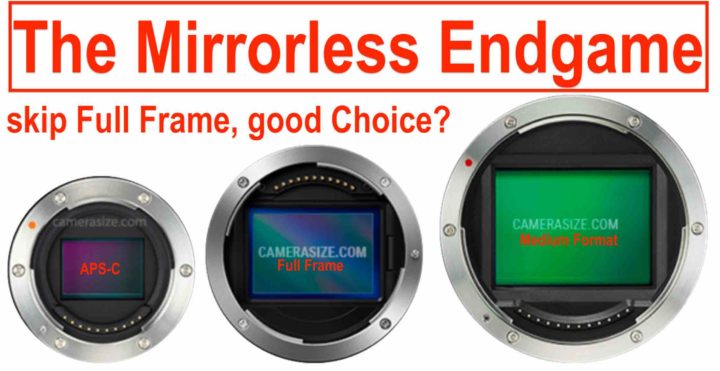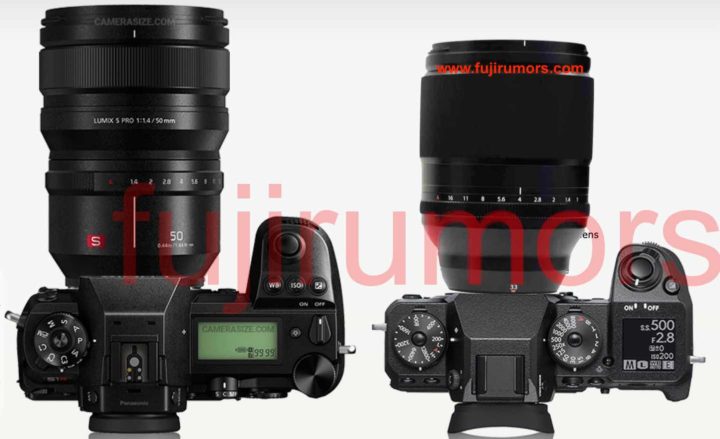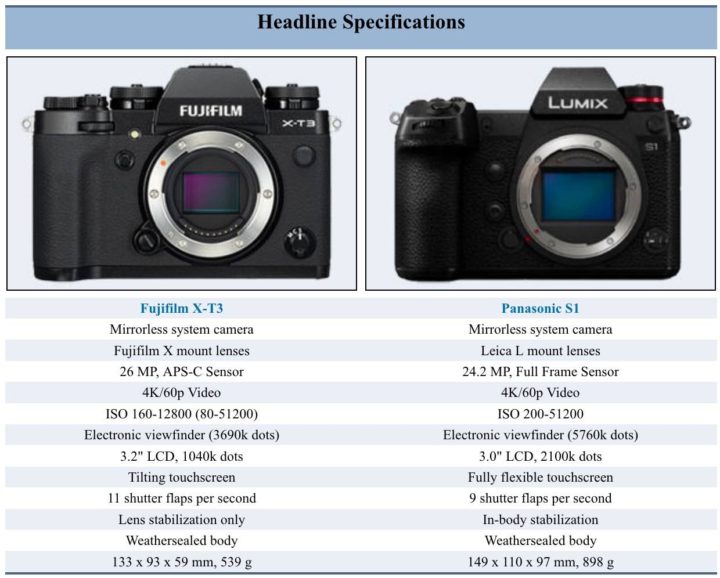Did the Panasonic S1/R Fiasco Prove FUJIFILM Did Well to Skip Full Frame?
The Mirrorless Endgame
Some of you think that talking about “mirrorless endgame” or “mirrorless war” is a bit too dramatic. And yes, I actually agree with that, but also not!
I explain:
“War” or “Endgame” suggest an epic fight with violent ending. That will definitely not happen. At least not with all camera brands.
While Samsung joined the mirrorless market spectacularly with the Samsung NX1 and left just as spectacularly, by capitulating overnight, other brands will quietly disappear, reducing their products cycles, their innovations, and one day, silently, just stop it all.
The harsh truth is: in a camera market shrinking that fast, it is not plausible to think that everybody will continue grow and prosper.
So we are in the endgame now.
The good news for us customers is: companies lower their prices, beef up their cameras, race for innovation, cover us with firmware love, and fight for every single one of us.
We, the customers, win in any case ;).



